Can DIY cleaning sprays really kill germs? Here's what the experts say
Making your own cleaning products may be affordable, but are they effective?
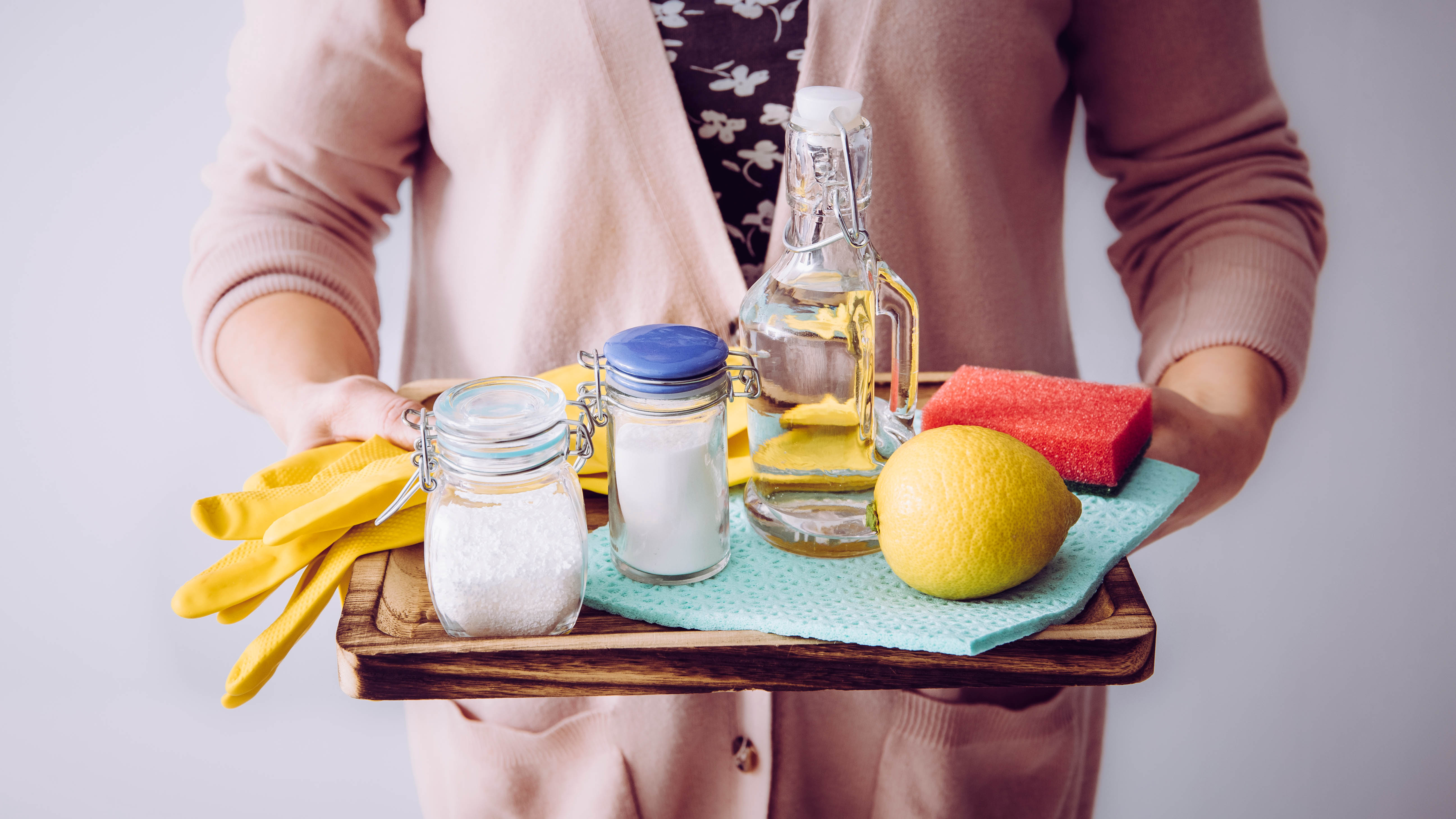
When it comes to our chores, homemade cleaning products are becoming increasingly popular. Not only are they cost-saving, but doesn't contain the harsh chemicals found in shop bought items, making them more eco-friendly.
But if you’re looking to make your own cleaning sprays or have already started, you may be wondering if they’re still as effective at killing germs. After all, the harsh chemicals are there to disinfect with their antibacterial properties.
We’ve asked the cleaning experts for their advice, pros and cons, and tips on what to use. “Unfortunately, some DIY formulations may not meet the stringent standards of commercial disinfectants," states a spokesperson at Ecover. "This could lead to less effective germ-killing properties.”
Whether you’re trying to clean the germiest places in your home, clean your mattress with baking soda or clean your dishwasher with vinegar, we’ve got everything you need to know about the efficacy of homemade products. So, are DIY cleaning sprays doing the job? Here’s what the experts have to say.
Can DIY cleaning sprays kill germs?
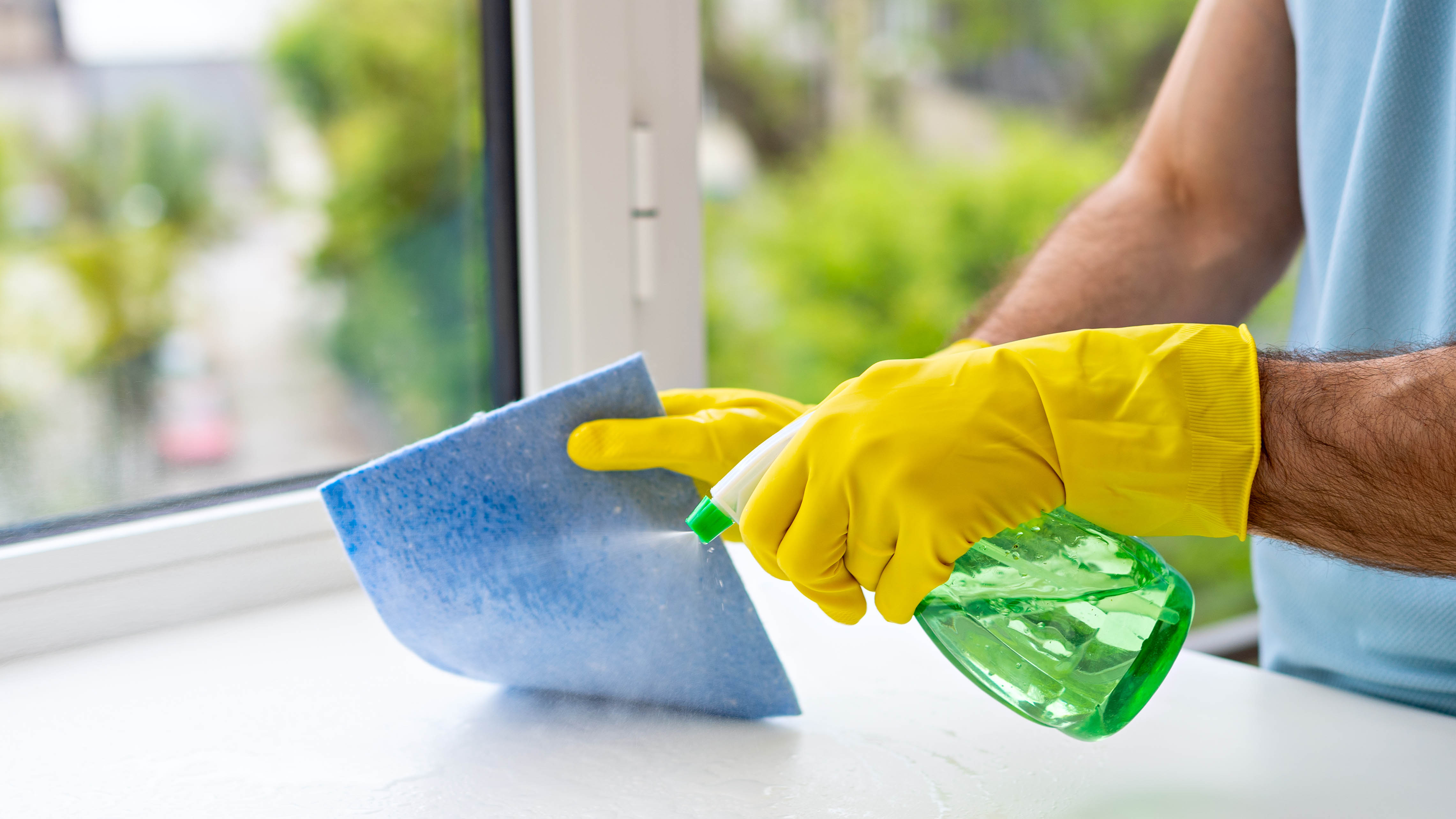
While DIY cleaning sprays may do exactly that — clean — it doesn't necessarily mean they're eliminating all the germs and bacteria found lurking in different areas of your home. “DIY sprays can be incredibly effective and can be as effective as shop bought disinfectants - but often more affordable," says Nigel Bearman, Director of Daily Poppins. "100 proof vodka can kill bacteria, fungi and viruses and is considerably cheaper to buy than shop bought disinfectant sprays.”
Though experts at Hisense reveal, “DIY cleaning sprays can kill some germs, but their effectiveness depends heavily on the ingredients used and how they are applied. While many natural ingredients have antibacterial or antimicrobial properties, they may not be as potent as commercial disinfectants. Homemade sprays can be useful for everyday cleaning and light sanitizing, however, stronger disinfectants may be needed for high-risk areas or to kill more resistant bacteria and viruses.“
What are the pros and cons of using DIY sprays?
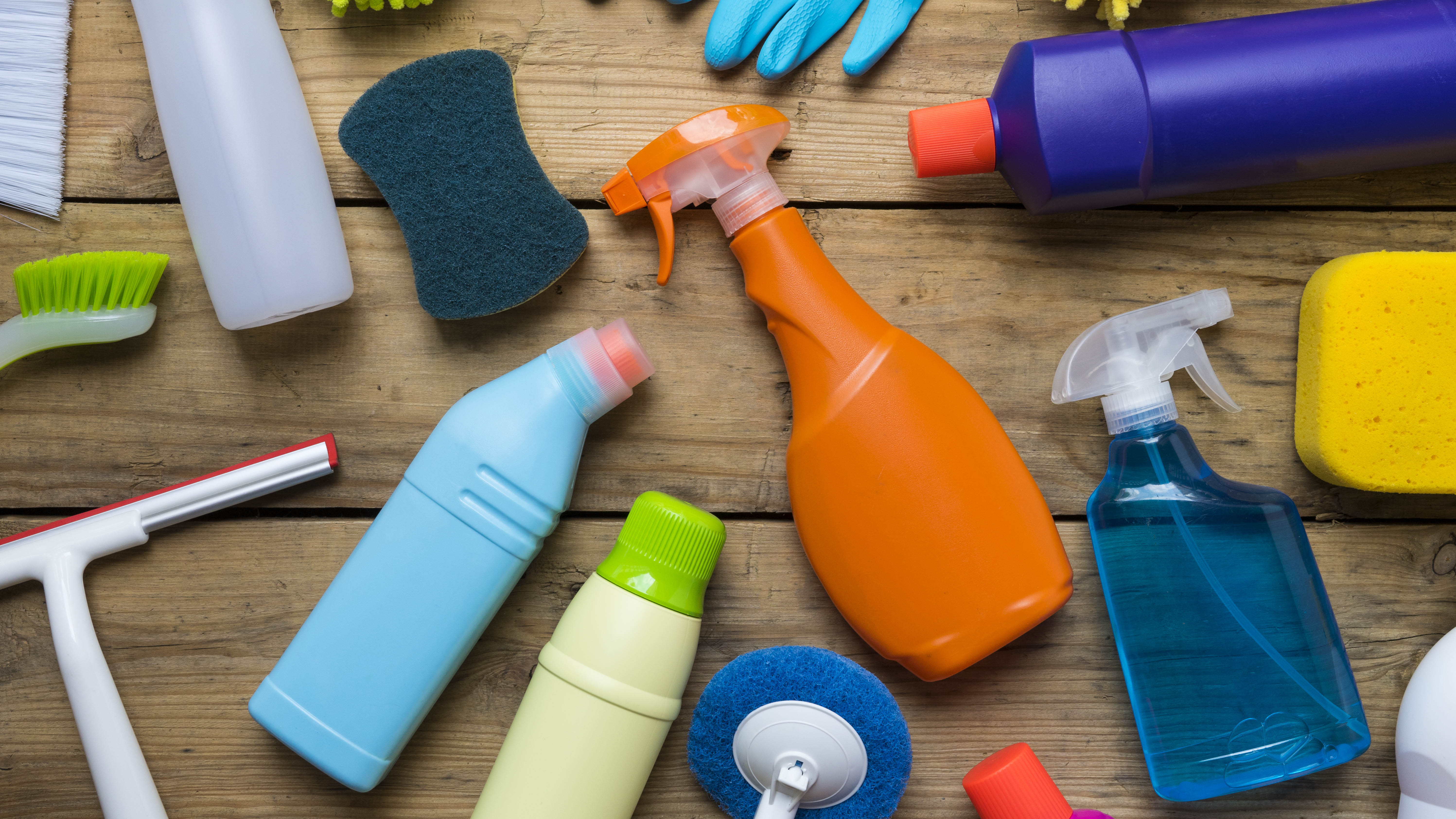
When it comes to the pros and cons of using DIY sprays, there’s much debate. For the cons, there’s the possibility of causing yourself harm by handling potent ingredients. “When preparing a bleach solution at home, you should never mix household bleach (or any disinfectants) with any other cleaners or disinfectants, including vinegar or ammonia," advises Melissa Dibble from CDC. "This can release vapors that may be very dangerous to breathe in.”
Sign up to get the BEST of Tom's Guide direct to your inbox.
Get instant access to breaking news, the hottest reviews, great deals and helpful tips.
Plus, they’re not just potentially harmful to you, but to your home too, “The downside of homemade cleaners is that they can damage certain surfaces if used incorrectly," says Bearman. "For example acidic cleaners like vinegar can damage stone countertops and wooden furniture and this can be an easy mistake to make.”
However, he does agree they can have many benefits. “Homemade cleaners are less likely to cause harm and irritation over store bought chemicals, and are often safer for everyday use. They are also better for the environment and can help reduce indoor pollution. From an economical perspective, DIY sprays are much cheaper to make as opposed to store bought options and can be a great option financially.”
An Ecover expert also added, “Homemade cleaners can be cost-effective and provide control over the ingredients, ensuring they align with one’s values. They can customize the formulas to suit specific cleaning tasks, select preferred scents, and exclude ingredients that may cause skin sensitivities. Many of the required ingredients are easily accessible and often found in the kitchen. Additionally, reusing spray bottles and containers helps minimize their environmental footprint.”
Common DIY cleaning products — and how effective they are
1. Vinegar
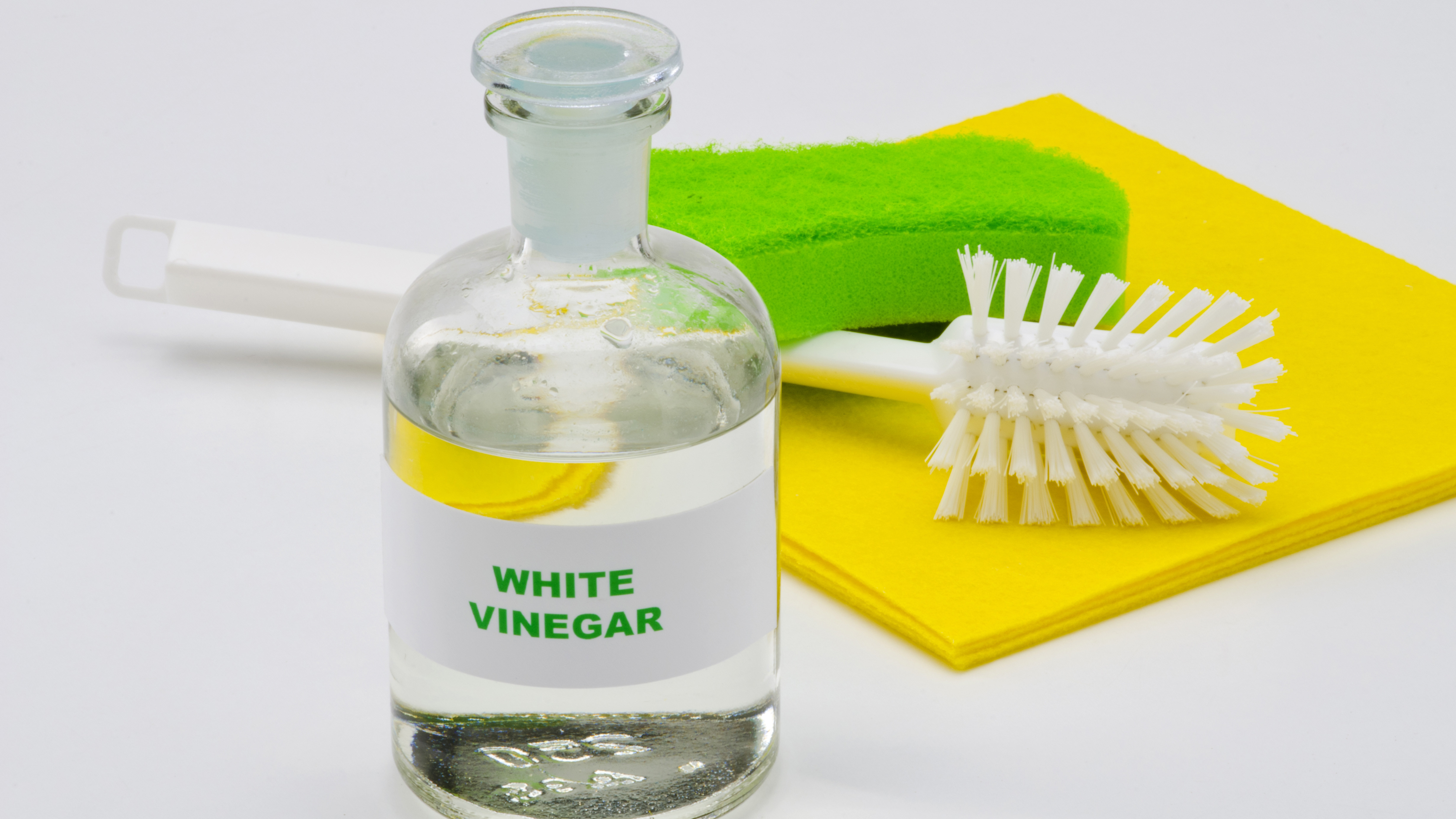
For an all-purpose cleaner, one cup of distilled white vinegar can be mixed with three cups of water to spray around your home. Diluting the vinegar is important, but also the use of warm water will help fight greasy spots. When it comes to effectiveness against germs though. “Vinegar can kill some germs like E.coli or Salmonella, but is not effective against all bacteria and viruses.” states Bearman. "It can also take a lot longer for vinegar to kill the germs than if you were using shop-bought disinfectants."
Svetlana Georgieva, co-founder and cleaning expert from Samyx Cleaning, adds that while vinegar is “known for its acidity and mild antibacterial properties, vinegar is not a broad-spectrum disinfectant, especially against viruses.”
2. Alcohol
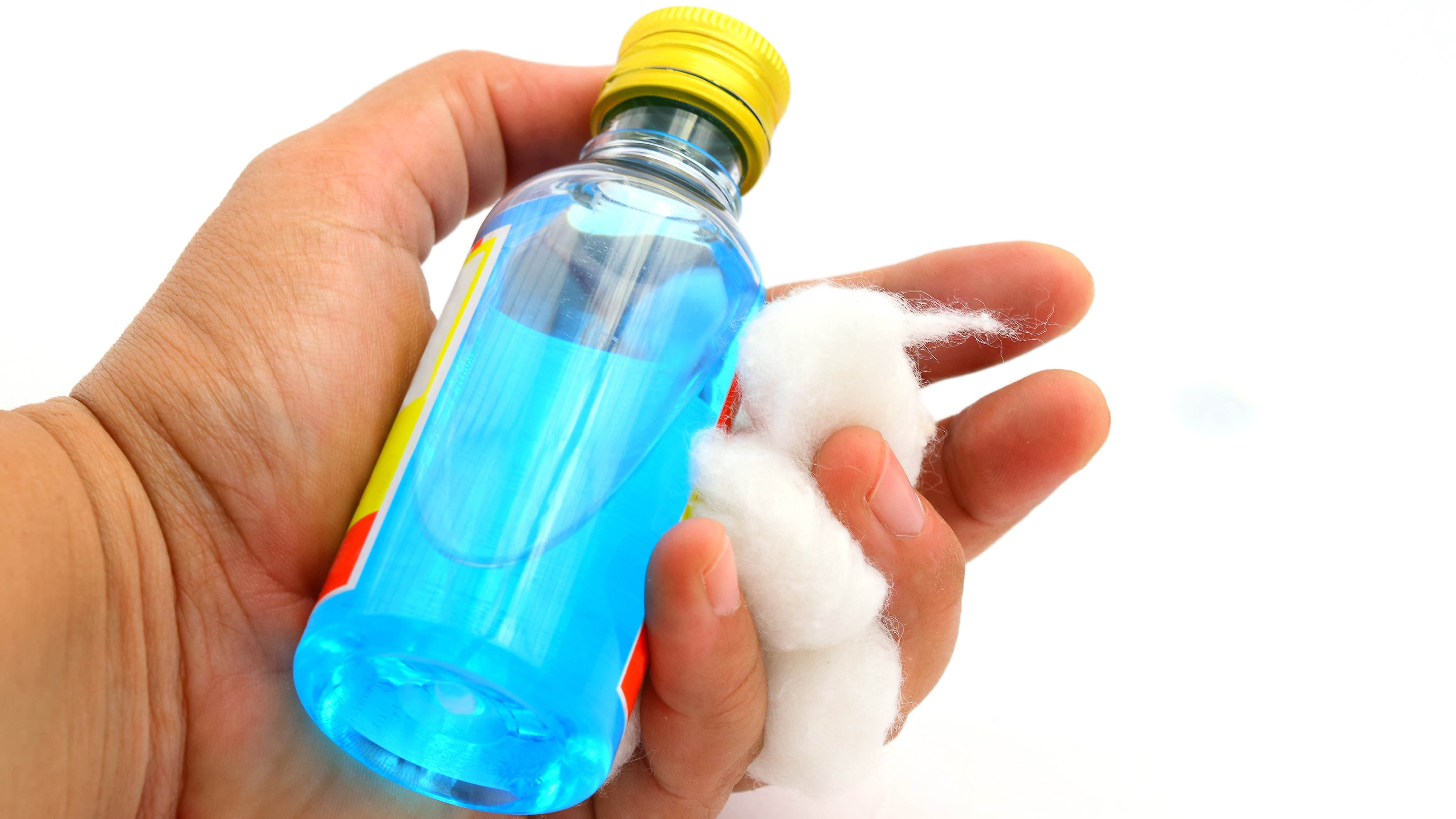
Similarly to vinegar, you can mix one cup of alcohol to three cups of water. For this, it’s important to use isopropyl alcohol, also known as rubbing alcohol, for its particular potency. Bearman adds, “Ethyl alcohol (70%) is considered a powerful disinfectant and is effective at killing germs on both surfaces and hands.
Using at least 70% alcohol is also the recommendation from the CDC to provide the best chance at killing germs around your home. When using rubbing alcohol, avoid heat sources as the solution will be highly flammable and be sure to avoid vinyl, rubber, painted or lacquered wood, and some plastic materials as it will cause damage.
3. Baking soda
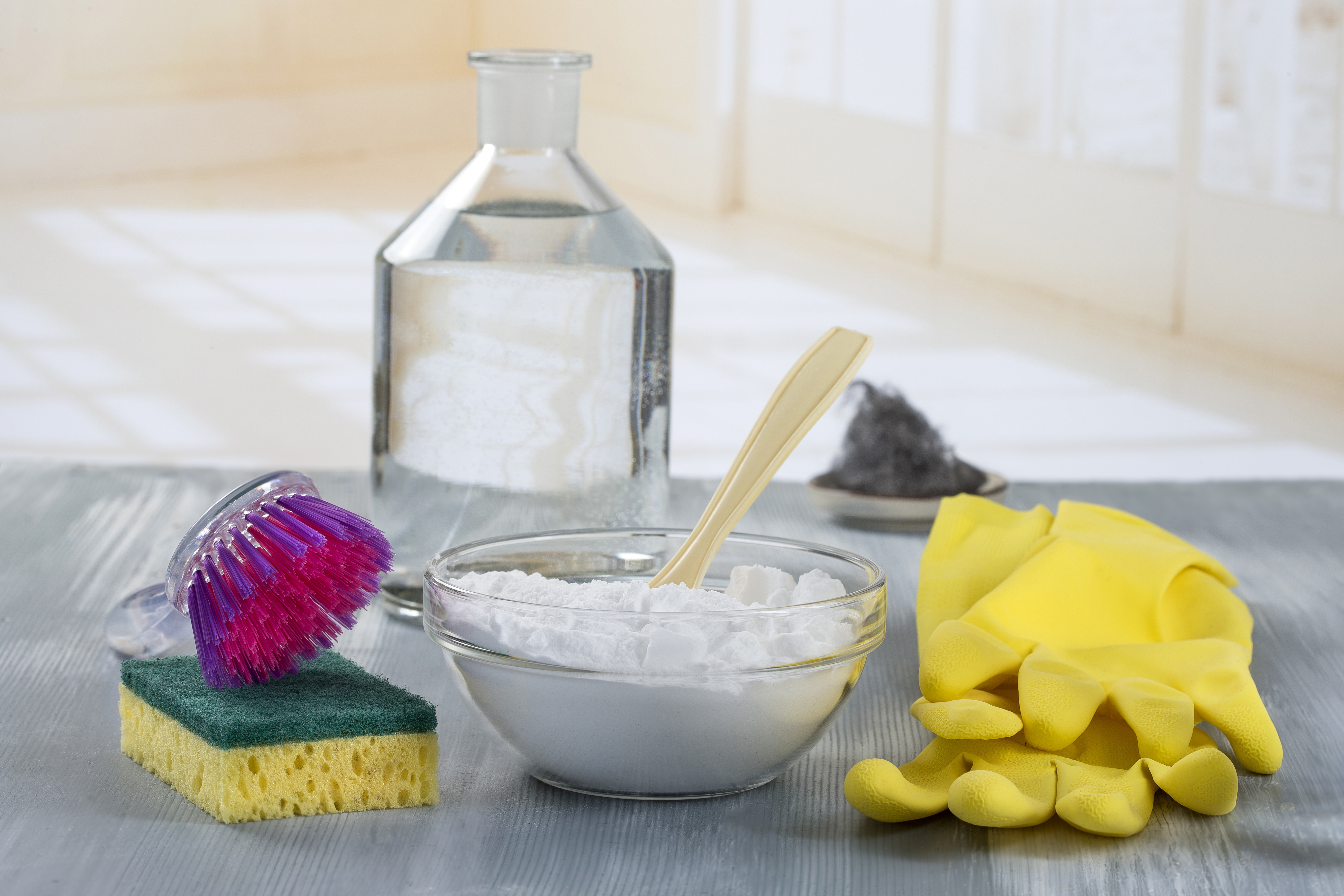
ARM & HAMMER Baking Soda: $7 @ Amazon
This all-purpose substance may be great for baking, but is used for so many household cleaning tasks. It's 100% natural and free from toxic chemicals, making it perfect to use around children and pets.
Baking soda is so good at cleaning, but is it effective? As a mild alkali it’s used a lot for tackling odors or removing stains, but can it eliminate germs? “Baking soda alone doesn’t kill bacteria directly, but can be used as a pairing with other things for effective cleaning," says Bearman. "Baking soda is very effective in loosening debris and can be used to clean things such as children’s toys.”
Georgieva adds, “it's great for scrubbing and deodorizing, but does not have disinfectant properties.” In this case, baking soda can be mixed with other ingredients on our list including vinegar and rubbing alcohol.
4. Lemon juice
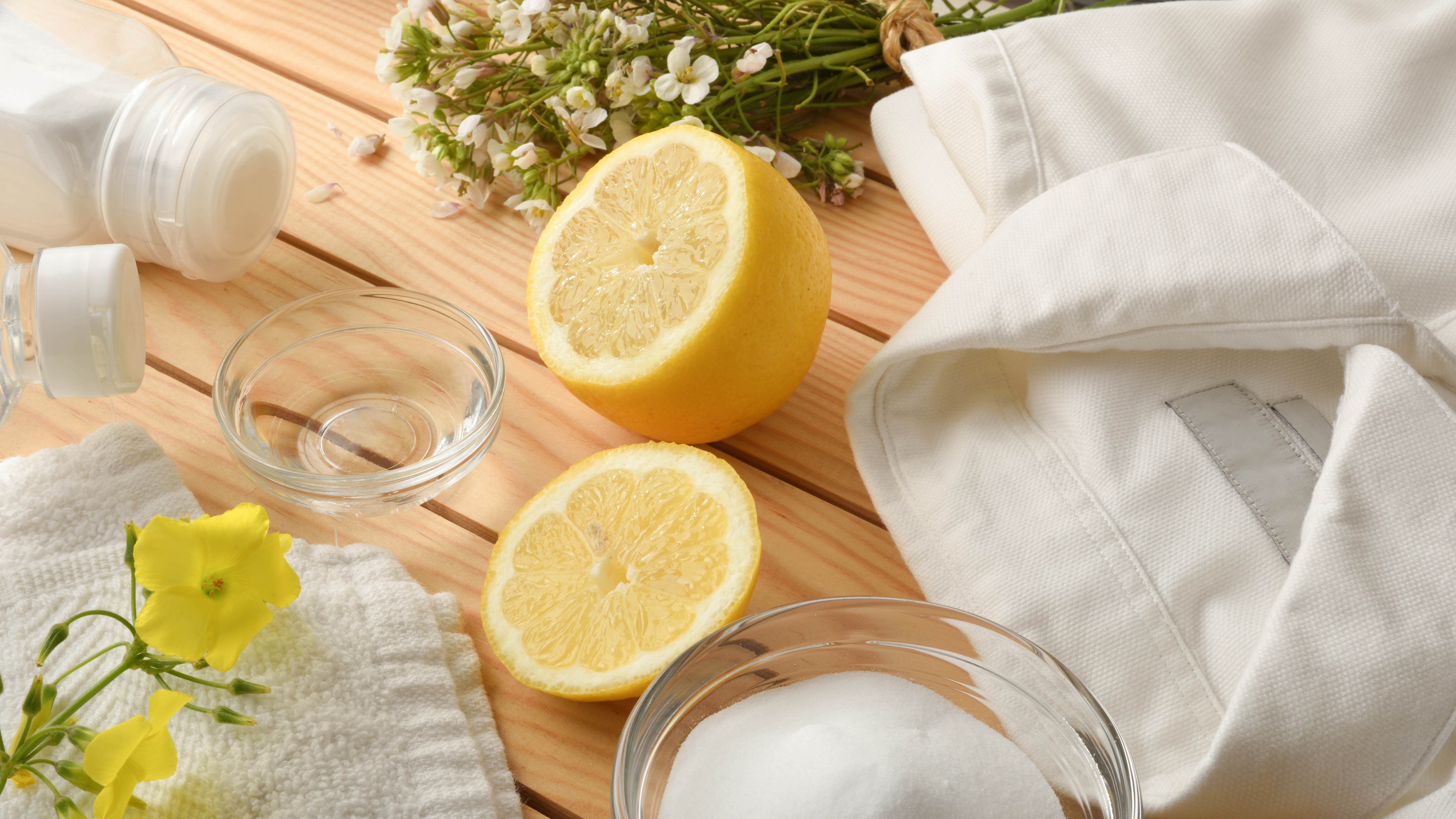
We’ve tried cleaning our home with lemons for a week, and you can even use lemon juice in your laundry routine, but does this fruit actually kill germs? “While vinegar and lemon juice have some antibacterial properties, they often fall short in effectively eliminating a wide range of pathogens compared to professionally formulated disinfectants.” states an Ecover expert.
Bearman adds, “Lemon juice does have antimicrobial properties and can be effective against some bacteria, but is not as powerful as other options. Lemon juice has antifungal and antibacterial properties.”
5. Bleach
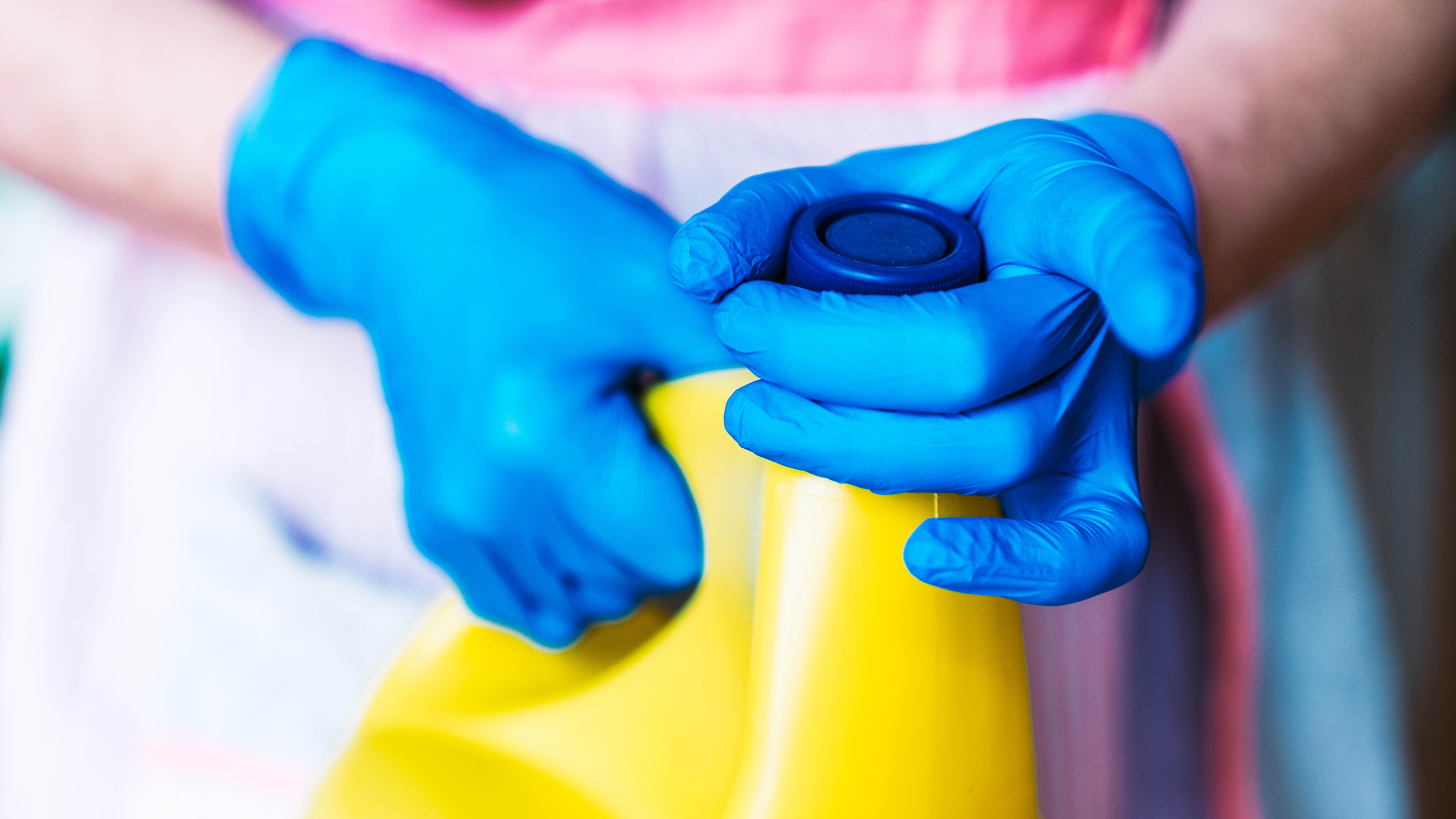
Diluting bleach is another homemade cleaning product of choice, and the number one product known for killing germs. “Bleach, which contains sodium hypochlorite, is effective at killing germs when properly diluted," agrees Dibble, "You can make a bleach solution to disinfect surfaces in your home after cleaning them with soap and water.
This extra step will kill any germs left on these surfaces after cleaning and is especially helpful if someone in your home is sick or if someone sick recently visited your home. You can make a bleach solution by mixing 5 tablespoons (1/3 cup) of bleach per gallon of room temperature water or 4 teaspoons of bleach per quart of room temperature water.”
However, it’s important to be aware of the dangers that come with handling bleach. The CDC recommends, “After preparing the bleach solution, avoid dangerous practices like washing food products with bleach, applying household cleaning and disinfectant products to bare skin, and intentionally inhaling or ingesting cleaners or disinfectants.”
Wearing gloves or washing your hands thoroughly after use is highly recommended.
More from Tom's Guide
Grace is a freelance journalist working across homes, lifestyle, gaming and entertainment. You'll find her writing for Tom's Guide, TechRadar, Space.com, and other sites. If she's not rearranging her furniture, decluttering her home, or relaxing in front of the latest streaming series, she'll be typing fervently about any of her much-loved hobbies and interests. To aid her writing, she loves to head down internet rabbit holes for an unprecedented amount of time.


